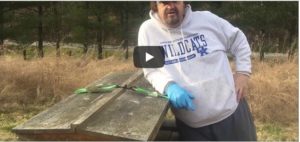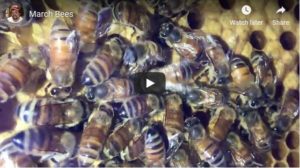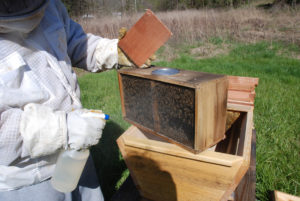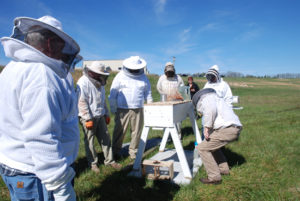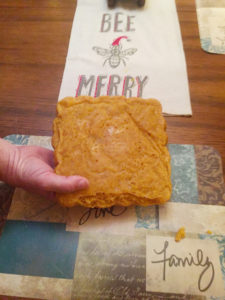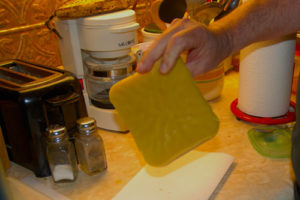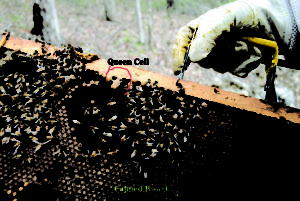For all you new beekeepers starting your second year
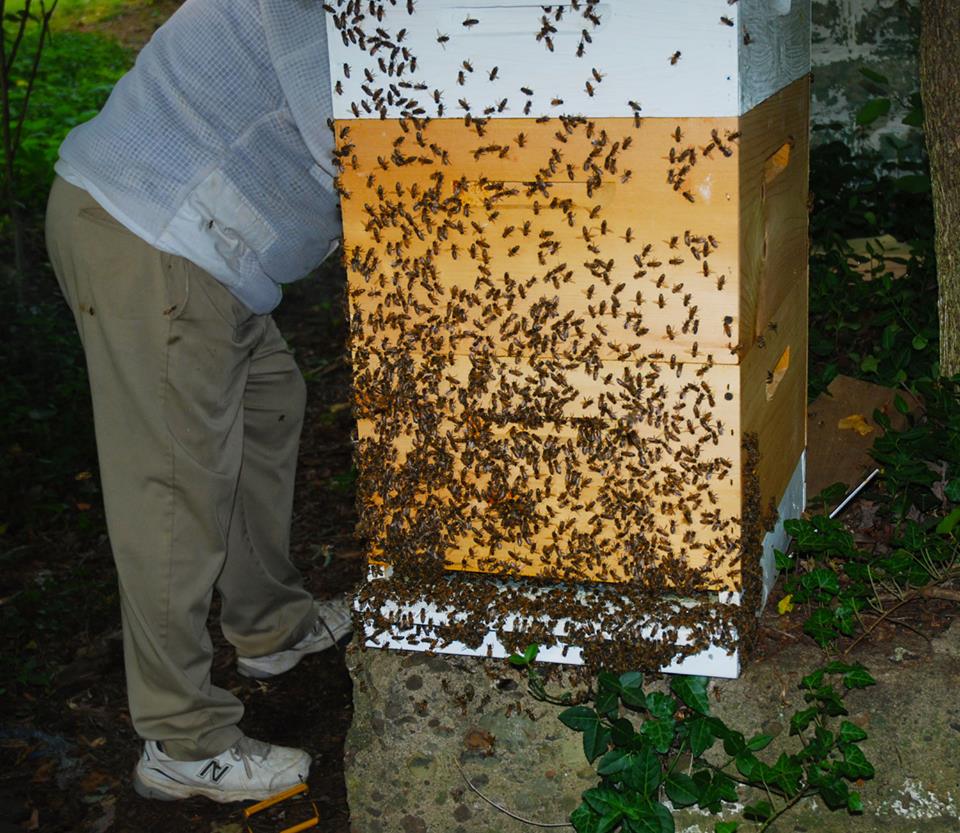
Growing your hives is the key to second year beekeeping
For all you new beekeepers starting your second year, it’s time for spring hive inspections. We have a record number of new beekeepers in our area, and it continues to grow. I give a lot of that credit to the UK AG department for sponsoring new bee clubs. In that network, I have tried to do my part in letting the public know what is going on along with teaching classes to help newcomers get started on the right foot.

April is the month when bees are shipped into our area. As a matter of fact, this past Saturday, April 6th Jeff Bonzo and I taught a class at the Greenup County Beekeepers on how to install your new bees into your hives. I will also install bees at the Savage Branch Wildlife Preserve on April the 20th. This Preserve teaches school-age children about nature; they have two observation hives where they teach kids about bees. I have been asked to teach that class this year to about 100 kids.
Today, I want to talk to all of you that are starting your second year in beekeeping. This is a time that will make your season, or you will find yourself starting over. The whole idea of the second year is to harvest honey after the spring nectar run. To do this, you must inspect your hives now and make the adjustments necessary for your bees to produce enough honey, so they fill the super boxes you hope to add to your hive.
This is the one time you want to look at both of your deeps (brood boxes) when we do this we want to look for the following. The number of bees in your hive; capped brood, eggs, larva and are the bees using both boxes or are they in just one box. It is nice to see your queen; however, it’s not imperative if you see the other things I mentioned. If you see eggs, she has been active laying in the last three days. If you see open larva, she has been laying in the last three to eight days, and if you see capped brood, she has been active in the last nine to 20 days. Of course, you hope to see all stages of reproduction.
If you find that your bees are only in the top brood box and the bottom box is empty, I would consider moving the top box to the bottom and bottom box to the top. This will give your bees the room to move up as they expand. If you find both boxes full of bees and you have brood in both of them its time to add your first super box (honey super) These are the boxes you will havest after the nectar run. They will hold the frames that will end up being your honey. Honey in the brood boxes belongs to your bees you should leave it for them unless they get honey bound. Your bees need at least five frames in each brood box for laying.
The success of beekeeping is all about numbers. It takes 12 bees all season to make one teaspoon of honey. Really productive hives will have 40,000 to 70,000 bees in them. That’s why starting the season you need to know what you need to do to grow your numbers. A good queen will lay 1,000- 2,000 bees a day during the spring season. A poor queen should be replaced now. So you still have time to grow your hive. This also time to check for mites, hive beetles, and wax moths.
If you start the season with good numbers and a productive queen you should have a honey harvest this year on you second-year hives, if you see you have some problems, come to a bee club meeting with pictures and our members will help you. It is our goal to provide the education and support you need to be a successful beekeeper. Greenup Club meeting is Third Tuesday each month 6pm Greenup County Extension Office. Boyd County Club Meeting is the second Monday of each month at 6pm at the Boyd County Fair Grounds, in the Franks Building.
